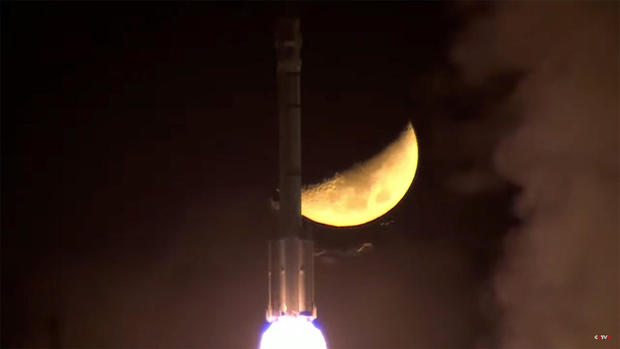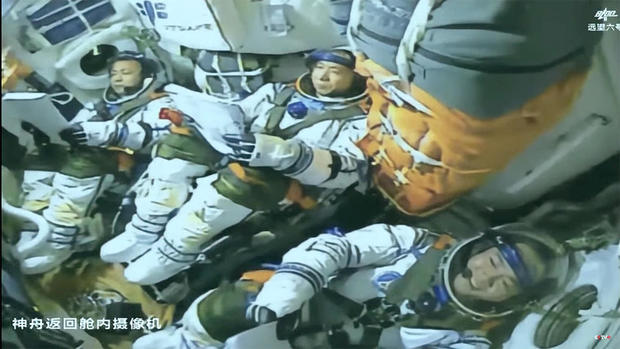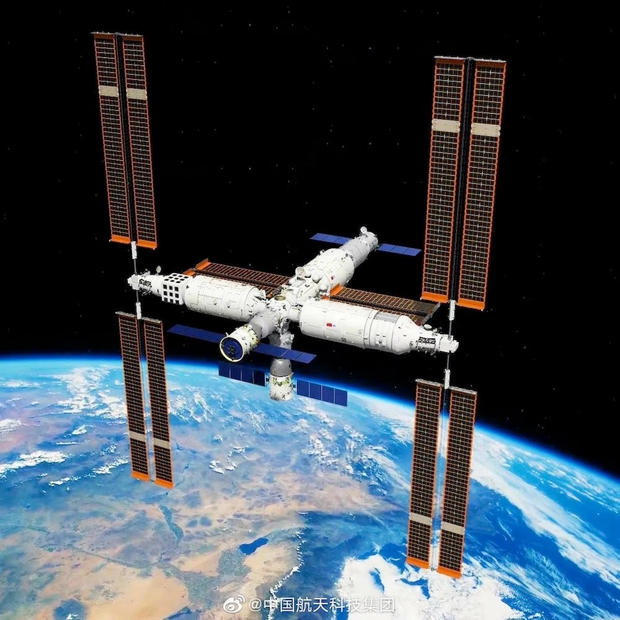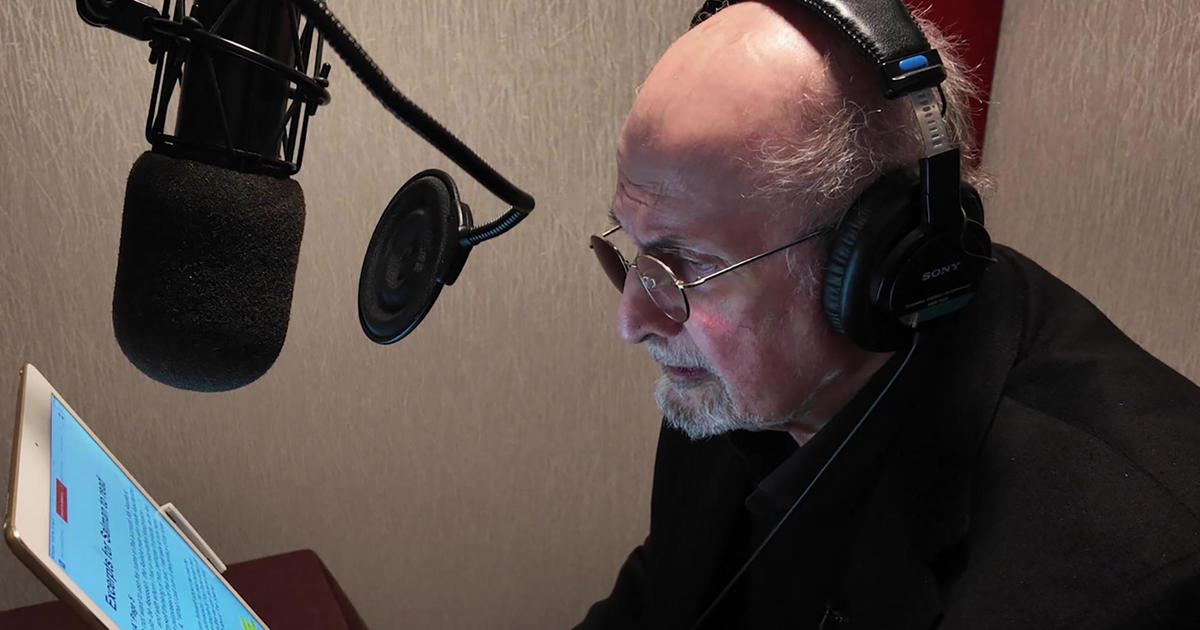China launches fresh three-man crew to Tiangong space station
Three Chinese astronauts rocketed into orbit Tuesday and set off after China's Tiangong space station to replace three fellow fliers in a direct handover marking the nation's drive to establish a permanent presence in low-Earth orbit.
With commander Fei Junlong at the controls, flanked by Deng Qingming and Zhang Lu, the Shenzhou 15 spacecraft roared away from the Jiuquan Satellite Launch Center in northwestern China at 10:08 a.m. EST.
Climbing directly into the plane of the space station's orbit, the 191-foot-tall Long March 2F rocket, equipped with four strap-on boosters for additional power, released the Shenzhou 15 ferry ship into the planned preliminary orbit about 10 minutes after liftoff.
The capsule's two solar arrays then deployed, clearing the way for a series of rendezvous rocket firings to catch up with the Tiangong outpost — called the "Palace in the Sky" — for docking.
Fei is a space veteran who commanded the Shenzhou 6 mission in 2005 while Deng and Zhang are making their first flights. The trio will replace Shenzhou 14 commander Chen Dong, Liu Yang and Cai Xuzhe, who arrived at the Tiangong station last June, in the first direct handover from one crew to another.
The Shenzhou 14 crew is the third set of taikonauts, or Chinese astronauts, to live and work aboard the growing space station and the first to establish what China hopes will be a permanent residence in low-Earth orbit. The International Space Station has been permanently staffed by rotating U.S., Russian, European, Canadian and Japanese astronauts since 2000.
The Chinese space station is now equipped with three large modules connected in a T-shaped configuration. The Tianhe core module, launched in April 2021, is the centerpiece of the complex, providing crew quarters, life support systems, communications, spacecraft controls, an airlock and multiple docking ports.
The Wentian laboratory module was launched last July, followed by the Mengtian module in late October, both connected at right angles to the central Tianhe module. Two large solar array wings extended from the Wentian and Mengtian modules while two more extend at right angles from the central Tianhe module.
The station has a mass of about 100 tons. While smaller than the 450-ton International Space Station, Tiangong is newer and equipped with state-of-the-art equipment, computers and instrumentation.
"I am very proud and excited to be able to go to space again for my country," Fei said before launch. "Especially when we are about to enter our own Chinese space station. I am deeply proud and proud of our great motherland."
He said the Shenzhou 15 mission "is not only the last of the construction period of China's space station, but also the beginning of the next new stage. During the half-year flight, we will conduct more on-orbit tests, and the operation, maintenance and repair of equipment," he said.
Chinese officials say three to four spacewalks are planned during the Shenzhou 15 mission.







